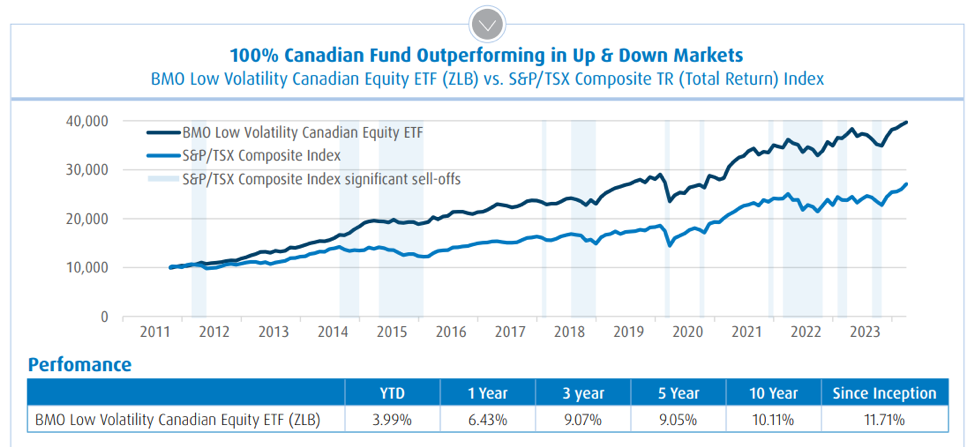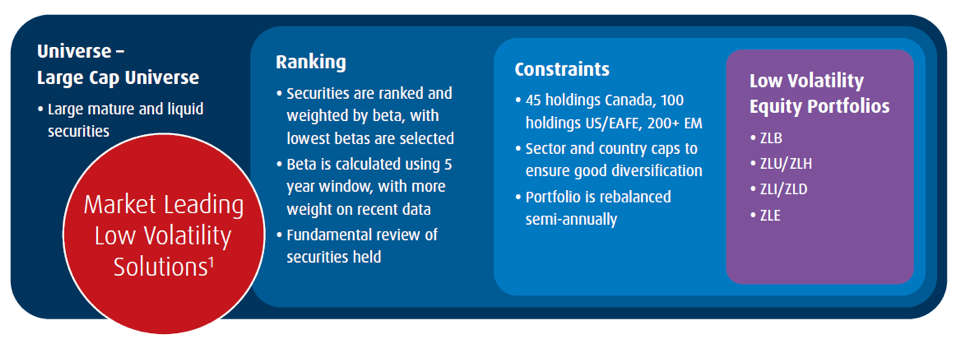By Alain Guillot
Special to Financial Independence Hub
Wall Street has been on a wild ride in recent months, and the cause isn’t some unknown geopolitical threat or economic collapse: it’s the unpredictable tariff threats from U.S. President Donald Trump.
In response to Trump’s repeated habit of threatening tariffs only to later walk them back, traders have coined a new acronym: TACO, short for “Trump Always Chickens Out.” The term, first popularized by Financial Timescolumnist Robert Armstrong, has become a strategy among investors: when Trump threatens tariffs, markets drop: but savvy traders anticipate a retreat and buy the dip, profiting from the inevitable rebound.
Trump, for his part, is not pleased with the nickname. In a recent Oval Office appearance, he rejected the idea that his constant backtracking reflects weakness, calling it a negotiation strategy. According to him, he often starts with an exaggerated number (such as a 145% tariff on Chinese goods) and then drops it during talks with foreign governments to create leverage.
Let’s be clear: negotiation is part of diplomacy and trade. But weaponizing tariffs in this on-again, off-again manner creates unnecessary chaos in global markets and harms businesses and consumers who are left guessing about what prices they will face or what products will become harder to obtain.
Why I don’t think Tariffs are a good tool for Prosperity
As a personal finance blogger and former financial advisor, I believe strongly in policies that promote long-term stability and broad-based prosperity. Tariffs, in theory, are designed to protect domestic industries from unfair foreign competition. But in practice — especially when used impulsively and inconsistently like we’ve seen under Trump — they often backfire.
Here’s why I personally don’t think tariffs are a great tool for building prosperity:
- They raise prices for consumers. When tariffs are imposed, companies pass the extra cost down the line. That means your groceries, electronics, and clothing become more expensive: not because the market demands it, but because politicians created artificial barriers.
- They create uncertainty. Markets hate unpredictability. Business owners delay hiring and investments. Global supply chains get disrupted. Investors pull back. And this doesn’t just hurt “Wall Street”: it hurts jobs, wages, and retirement portfolios. Continue Reading…













